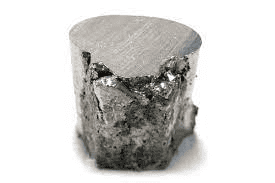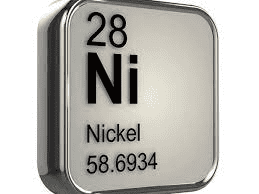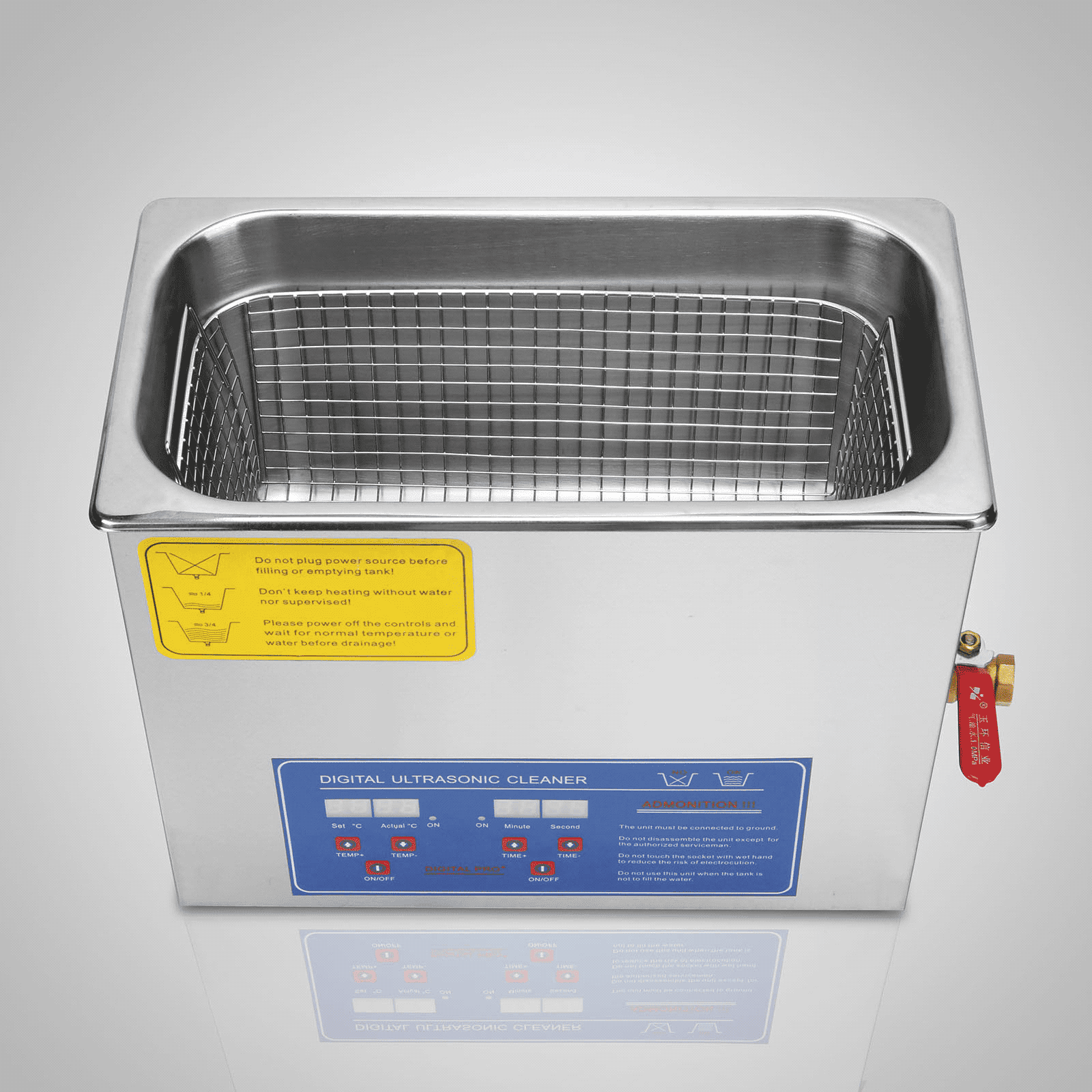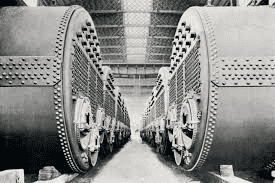Electroless Nickel Plating is a very common method used for many applications where there is a high need for corrosion resistance, however, in the case of nickel, the only practical application of this type of plating occurs within electroplating of highly conductive metals. Electroless nickel-rich plating (or electroless nickel plating) is a very generic term, used to describe any plating which does not require electrochemical activation. The electrochemical reaction which results in the corrosion of the base metal with nickel requires an external ionic charge, and nickel has several such external ions with which to perform this reaction. You will need a specialist set of professionals for this like Poeton.

During electroless nickel plating, a thin layer of the cathode metal is placed over the base material, which prevents the base material from coming into contact with the nickel. When a strong electric current is applied, the cathode surface separates from the base material, forming a thin layer of pure nickel. Because the reaction between the base material and nickel requires an external ion for the positive charge to be maintained, the nickel used in electroplating is often tin (or sometimes zinc) based. This thin layer provides a very good corrosion protection to the nickel, as well as improving the electrical conductivity of the finished product.

There are two basic ways to apply this electroplating method, direct electrolysis and electrolytic coating. Direct electrolysis is when the substrate is placed over a bed of electrolytes which is saturated with a solution that reacts with the surface of the substrate. Once the electrolyte mixture dissolves completely on the substrate, a new layer of substrate is placed over the top to coat the newly planted areas.







